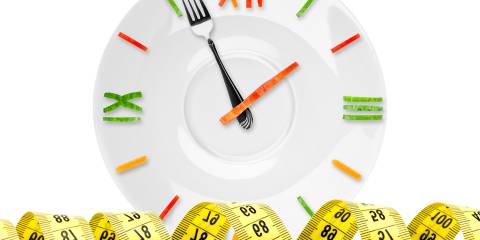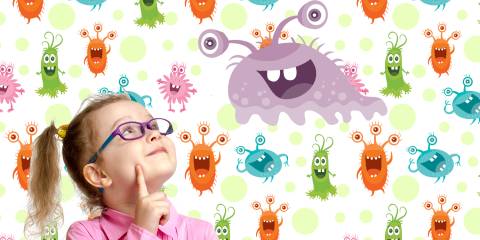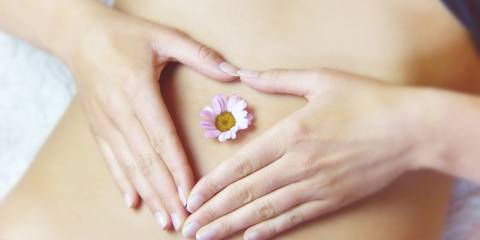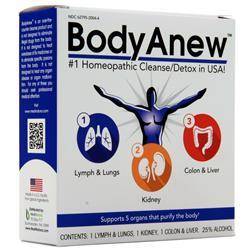You may be feeding toxins to your home-grown vegetables—and passing them along to the people who eat them.
What’s In the Water
Consider this: While 60,000 chemicals are currently in use in the United States, the Safe Drinking Water Act regulates only 91 contaminants. Since chemicals used in conventional agriculture to promote growth and kill pests can easily find their way into our water, it’s no surprise the Environmental Protection Agency notes that drinking water “can reasonably be expected to contain at least some small amounts of some contaminants.”
Worse yet, your garden hose can amplify the problem. Researchers at the Ecology Center in Ann Arbor, MI, tested 90 garden hoses and 89 other gardening products and found that two-thirds contained chemical levels of “high concern,” with unacceptable levels of lead, phthalates, and BPA—all substances that are regulated for drinking water.
Safe Watering Tips
Safe Water Sources
“Think about your water source,” writes Diane Wright Hirsch of the University of Connecticut Cooperative Extension. “Whether you use a garden hose, a watering can or a drip irrigation system, your water source could contaminate your garden produce with pathogens.” Here are some ways to be sure your garden is getting clean, safe water:
Public water supplies are tested regularly and, as such, are considered the safest water source for the garden. If you use well water have it tested annually, and keep the area around your well free from animal waste.
Surface water (streams, lakes) is nonpotable and can easily be polluted by animal waste, sewage, fertilizers and pesticides, and industrial chemicals. If you use surface water, it’s safest to use drip irrigation and to avoid using it for one to two weeks before harvest.
Treat rain barrel water like surface water. It can be contaminated by waste from birds and by chemicals in roofing material.
Safe Hoses and Usage
Buy hoses labeled “drinking water safe” and “lead-free,” and that contain no PVCs. Opt for natural rubber or polyurethane instead. Run the hose for a few seconds before using to flush out water that’s been sitting in it absorbing chemicals. Store hoses in the shade, and don’t drink from a hose unless you’re sure it’s drinking water safe.
Further Reading
You can read more about water safety on the EPA's WaterSense website.




